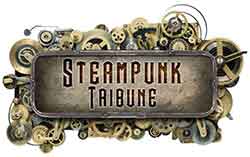So, you’ve started getting into steam, and you’re loving it so far. The themes are interesting. The stories people are writing are engaging. You’ve met tons of new people whilst you’ve been cosplaying your top hats and fancy pocket watches. And of course, there are the weird and wonderful machines that you’ve seen brought to life in film, television, games, and artwork.

It’s been a great new interest to really help spark your imagination, of an alternate path of the future, filled with flying machines, copper, steam-powered robots, and all sorts of technologies, through the prism of retro-futurism.
But, as you’ve probably noticed as you have spent more time with the genre, there’s one piece of modern iconography that simply doesn’t turn up that much in this movement. Something almost impossible to imagine the modern world without.
And that’s the car. It’s strange, once you realize it. Surely, with all the incredible inventions on display, there must be some kind of the Steampunk automobile, right?
Are Steam-Powered Cars A Thing?
So, the main question we’re asking is: Do cars powered by steam exist in the real world? And the answer to that question is: Yes. Kind of? Maybe?
It’s a vague answer, but there is a good reason for this.
Steam-powered cars, or their prototypes at least, did, in fact, exist in the 19th century. Compared to the gas engines that had just been invented, steam engines were more reliable than their petroleum counterparts, and usually safe too, as the crank needed to start a gas-powered engine could break a person’s arm if used incorrectly.
However, some key drawbacks stopped them from becoming too mainstream and ubiquitous. The need for the boiler to heat up before you could start moving was a major liability, especially in colder times of the year. The addition of the flash boiler did help somewhat, but it was still a major handicap for Victorians. Plus, the distance on some of these machines was not great, so their effectiveness was somewhat limited.
And in any case, although there was plenty of interest in the steam car when it was first invented, its actual use was somewhat limited.
Once the gas engine was made more efficient and cheaper to make than steam cars, the older technology quickly fell out of popularity.
Steampunk Vehicles
So, if steampunk cars aren’t all that popular, what vehicles are used instead? Well, the Victorian period did see the invention of plenty of other vehicles. These are just some most popular forms of transport that have become a part of classic steampunk iconography.

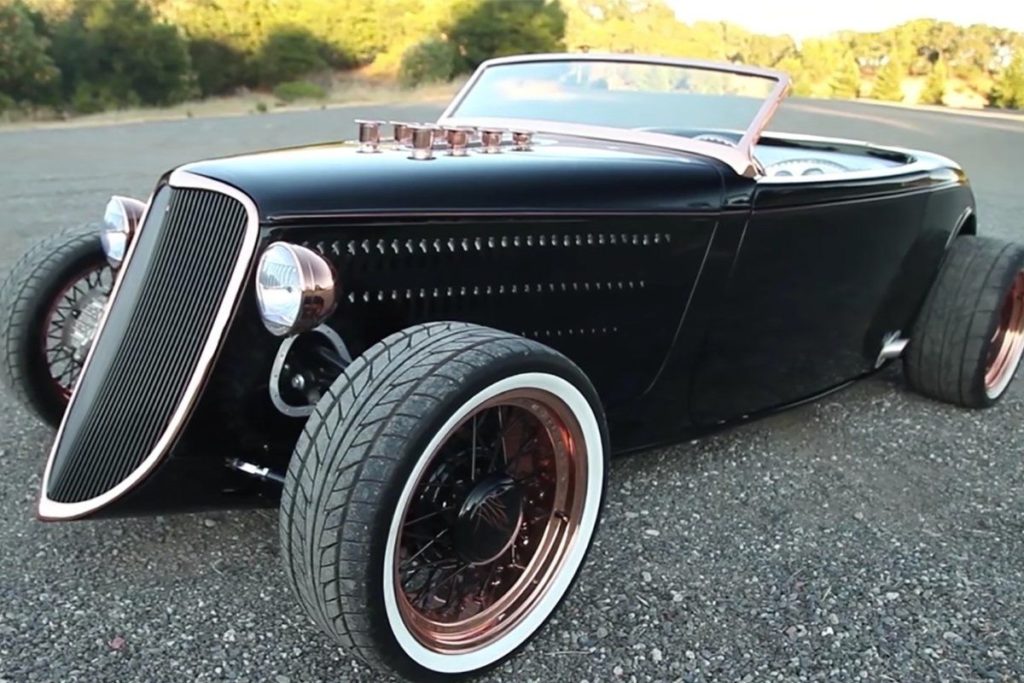
The Steam Train
Probably the most iconic piece of Victorian technology and transport, the steam train is symbolic for both the period it is set in and the idea of the steampunk movement as a whole.
First invented in the late 17th century by William Murdoch, the first Steam locomotive was developed at the beginning of the 19th century, and became central to the movement of people and resources all across the world, defining transport for virtually the entire century.
They still remained in use in many Western European countries well into the 20th century, with countries such as the United Kingdom and Germany still using them until the 1970s, until diesel and electric-powered trains became more viable.

In the steampunk movement, the steam train is very much in line with their classic design from the mid 19th century, but often much bigger. More chambers are added, as well as more visually appealing metals, tend to cover these train designs.
There’s typically a sense of power and weight to many interpretations of the steam engines in steampunk, echoing their great power that they hauled the wealth of empires around the world with some hundred years prior.
Steam Boats Or Submarines
As important as the development of steam locomotives on land, were the developments of boats and submarines in the sea.
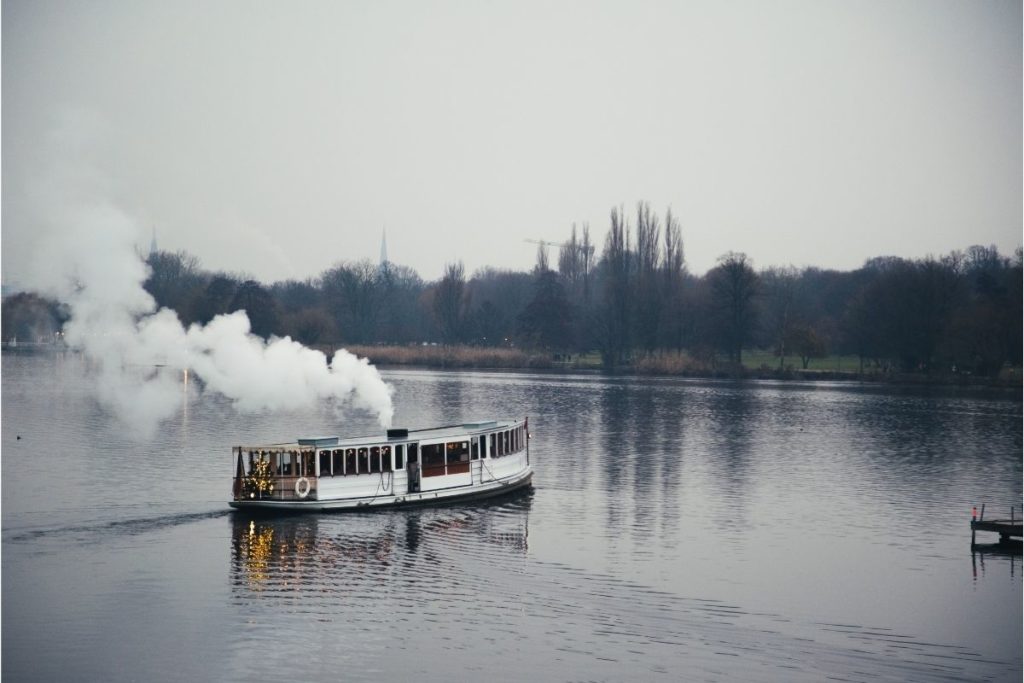
Whilst the 19th century still saw widespread use of the sailing ship well into the final years, it would eventually be made obsolete by the end, as paddle-boat steamships started to replace them in the rivers and waterways of the United States and Europe.
And on the open seas, steam engines saw a whole range of designs be used as the technology was experimented with, including a wide array of steamships with sails as well, creating striking, gargantuan machines, such as Great Britain made by, you guessed it, the British Empire.
In Steampunk, the designs are just as wild as their historical counterparts, if not more so. There are plenty of designs that include sails, some that don’t. Many are made entirely from metal, whilst some are made from wood. Many of these ship-shaped vehicles even fly in the lands of these fantastical Steampunk futures!
Submarines
Just as iconic as the steamboats above the waves are their silent counterparts under the waves. Jules Verne’s 20,000 Leagues Under the Sea is a classic piece of speculative fiction that both inspired submarine engineers for generations to come, and the imaginations of writers for hundreds of years more.
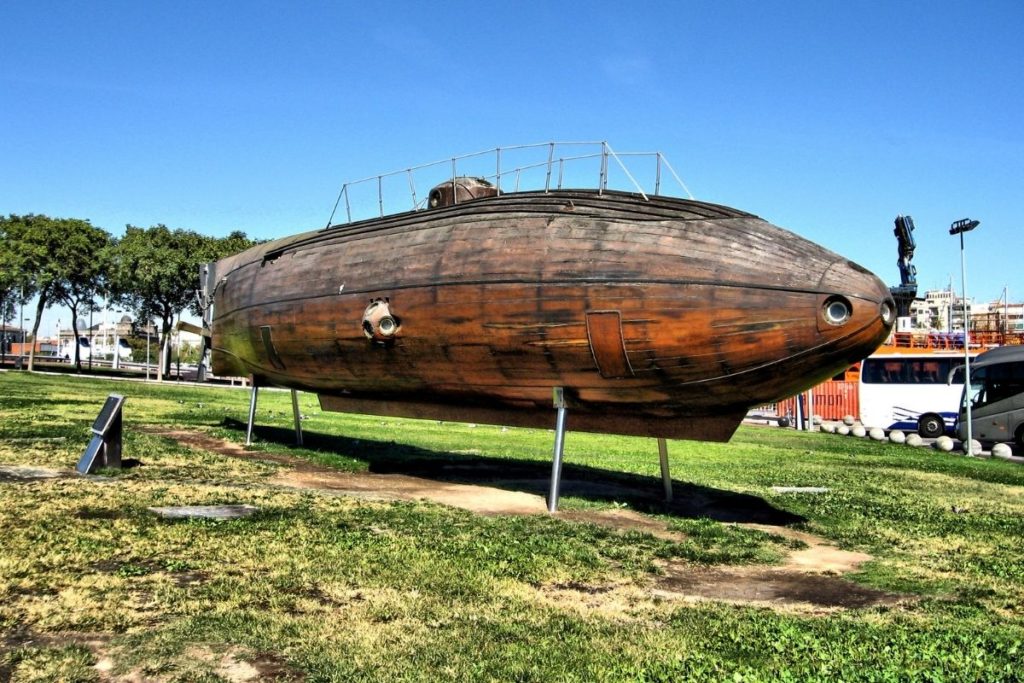
Although their widespread use in combat was still some way off, the developments in electric battery technology made the machine more viable to use for long distances and even used in warfare. Even the very first fully electric submarine, the Gymnote, was equipped with fully working torpedoes.
Steampunk submarines carry on that old aesthetic of smooth, polished designs in many iterations, although many are made with plenty of intricate add-ons, such as expansive porthole viewing windows, and other later innovations, made to fit the Victorian aesthetic.
Zeppelins Or Airships
Very much like the steam-powered cars that we already discussed, airships and zeppelin is a piece of technology that, although it was developed in the late 19th century, would become more widespread in the years following. However, given the widespread use of airplanes in the early 20th century, many associate zeppelins and airships with a slightly older timeframe.
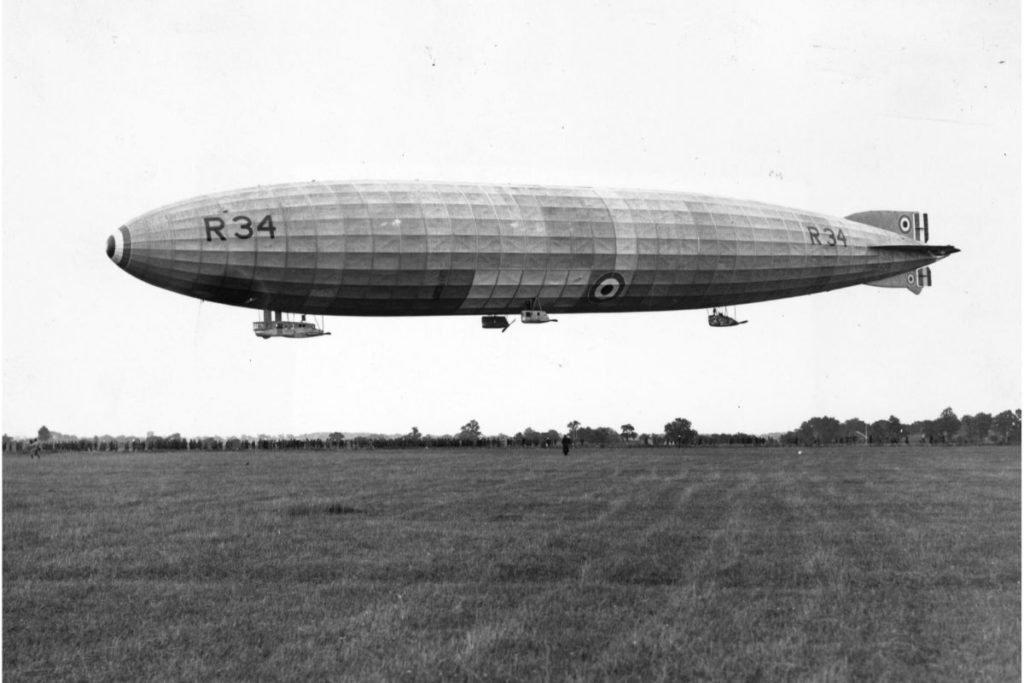
But whilst airplanes as we know them would not be invented until the early 20th century, powered airships were being developed from the 1860s onwards. The Zeppelin was first invented and developed in the 1890s, right at the end of the Victorian era.
Many elements from airships are combined with sea ships in steampunk, to create a truly unique, retro-styled aircraft. With a large balloon of a massive galley-shaped space for the crew, these designs often look as ridiculous as they can be incredible.
Horse And Carriage
Never underestimate the longevity of the original horsepower.
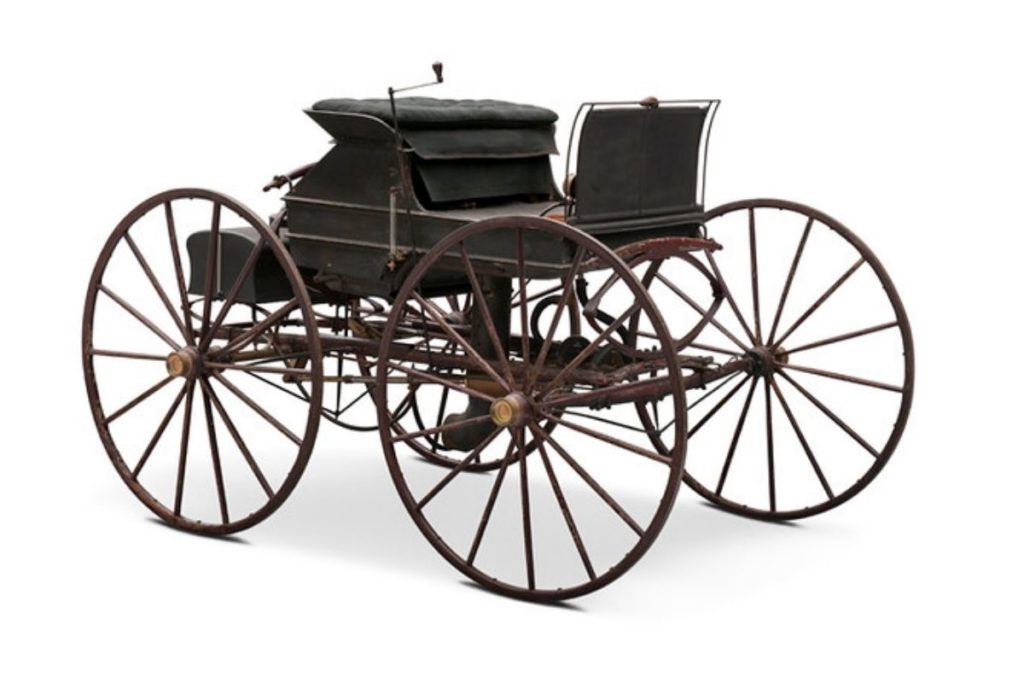
Although it sounds outdated, even by Victorian times, horses and carriages had been a viable means of transport for thousands of years, so it isn’t like they were going to disappear in a few decades after a couple of steam inventions had been made.
Even as travel within a large city was managed by tram system and other networks, horse-drawn carriages still proved a useful taxi service for those places in a city that could not be easily reached by other means. Even as steam became the main means of transport power during the Victorian period, the horse and carriage would see fairly widespread usage until the end of the 19th century.
In Steampunk, the horse and carriage are translated into a massive range of forms. In some cases, the carriage is simply made larger and more extravagant, with more moving parts being pulled by a horse. Other takes on it have the horse itself made of machinery, with an engine surrounded in a casing made to look like the animal. And in others even, the horse is a part of the carriage, its head still poking out as the engine is hidden from view.
Conclusion
So, it is clear that steampunk cars aren’t really that widespread of an idea. Their late invention and more visible connection to gasoline make them stand out a little too much from other types of steampunk transport.
However, that doesn’t mean that there couldn’t be steampunk cars in the future. As we’ve seen, steam cars definitely existed, and even later technologies have been adopted into the visual language of steampunk, such as airships and zeppelins.
Who knows if steampunk cars will become popular in the future. Maybe, with a little classic-Victorian innovation and imagination, you’ll be one of the people that will do it!
